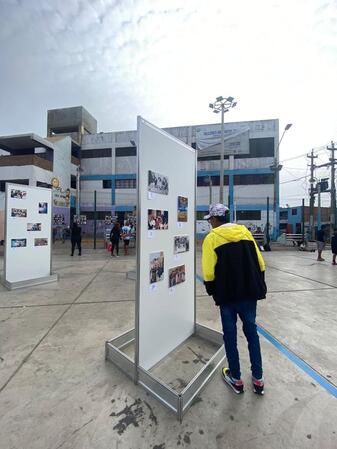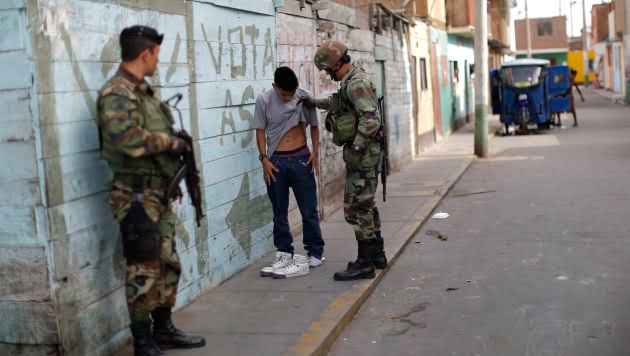Current Research Projects
See It Through My Eyes:
Building Place and Autonomy at the Urban Margins
|
Violence disproportionately affects marginalized communities. Communities affected by violence are not only poorer, but they hold a stigma that portrays them as naturally violent and irreparable. The stigma becomes a self-fulfilling prophecy, especially for youth, where poverty and lack of access to resources predominate. I collaborate with a youth team from Puerto Nuevo (located in Callao, Peru) to challenge stigmas about shantytown residents and transform how society portrays neighbourhoods like theirs.
Our project employs participatory research and photography to examine how young people living at the urban margins build a sense of belonging and autonomy within the constraints of violence. We aim to bring youths’ perspectives to the general public and start a discussion about violence, survival, and joy in marginalized urban communities. |
Project activities:
- February 2023: Photography workshops for kids
- May 2023: First collectively curated photo exhibit in Puerto Nuevo
- August 2023: Project presentation at the Society for the Study of Social Problems conference (Philadelphia, U.S)
- February - July 2024: Interviews and focus groups
¿A Costa De Qué?:
El Estado de Emergencia en el Callao y su Impacto de Corto y Largo Plazo sobre la Seguridad Ciudadana, la Violencia Familiar y el Bienestar Social
At What Cost?:
The Short and Long Term Impact of the State of Emergency in Callao on Citizen Security, Domestic Violence, and Social Well-being
The Short and Long Term Impact of the State of Emergency in Callao on Citizen Security, Domestic Violence, and Social Well-being
With Wilson Hernandez and Angelo Cozzubo
|
In Peru, the declaration of a State of Emergency (SoE) has become a public policy measure against crime. The 2015 and 2022 SoEs in Callao were declared using the justification that common and organized crime were out of control. As a state policy, SoEs are relevant for their potential effect on crime and the material and human resources it mobilizes. However, SoEs have been employed without knowing if they are effective on reducing crime or if they have any effect on social well-being. Thus, their evaluation is key to promote evidence-based public policies.
|
This study seeks to evaluate the short and long-term impact of the 2015 SoE in Callao on citizens security (victimization, perception of insecurity, intimate partner violence, femicides, among others) and social well-being (trust in institutions and neighbourhood, physical and mental health, etc.). We employ a mixed methods approach which allows us to understand the temporal and geographic quantitative effects of the SoE and the qualitative impact on citizens and police officers.

